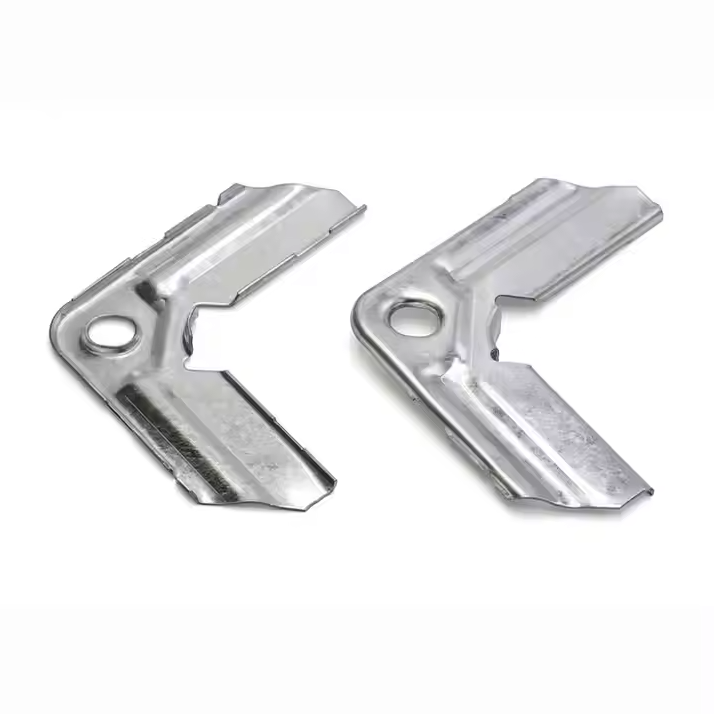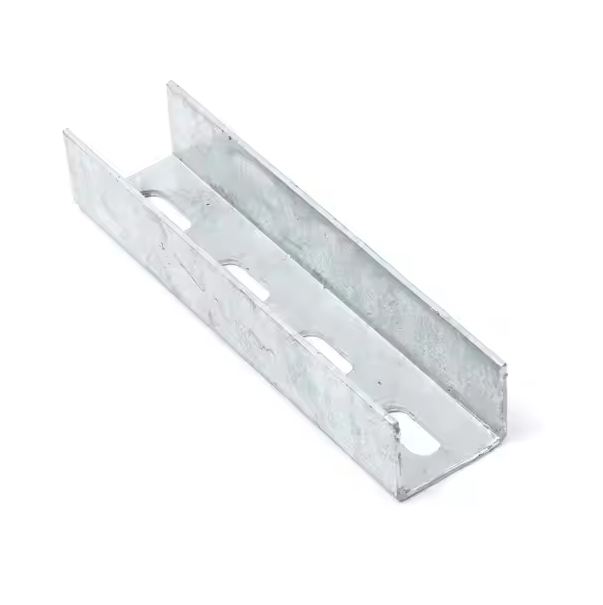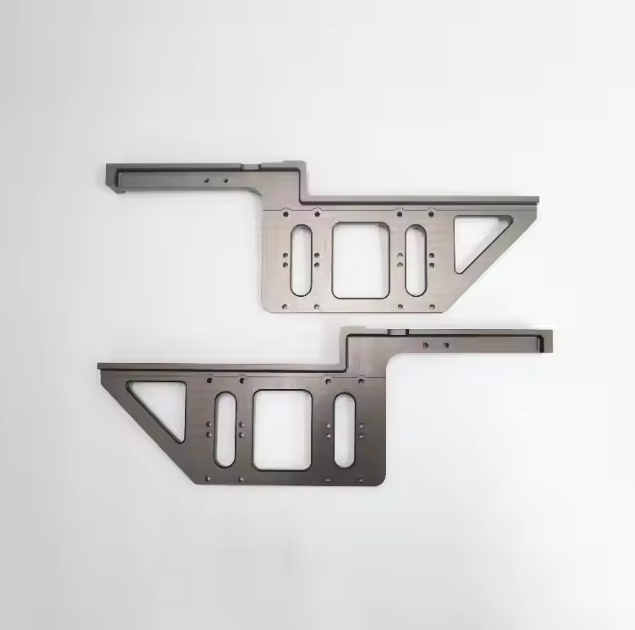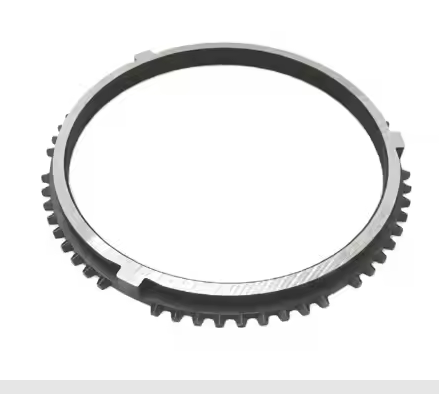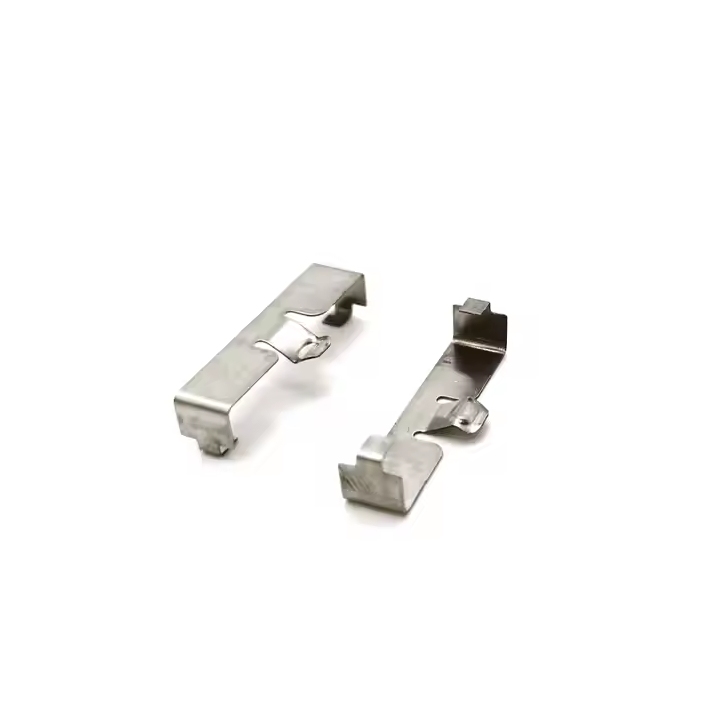Driven by the wave of science and technology, 3D printing technology is penetrating into the core of the manufacturing industry at an unprecedented speed, especially in the field of mold manufacturing, where it is leading a profound innovation revolution.

Imagine if you could provide users with final parts in just a few days to verify the design concept, or put it into use directly, and get the product to market faster than your competitors. What would it feel like? 3D printed molds accelerate the progress of product development, improve flexibility and adaptability, shorten the entire product development cycle, and become the source of driving innovation.
Shortened mold production cycle:
3D printed molds shorten the entire product development cycle and become the source of driving innovation. In the past, companies sometimes chose to postpone or abandon product design updates due to the need to invest a lot of money to manufacture new molds. By reducing mold production preparation time and enabling existing design tools to be quickly updated, 3D printing enables companies to afford more frequent mold replacement and improvement. It enables the mold design cycle to keep pace with the product design cycle.
Reduced manufacturing costs:
3D printing technology can achieve precise control of material usage and minimize waste generation, achieving efficient use of resources and effectively reducing mold manufacturing costs. This environmentally friendly and economical production method is in line with the concept of sustainable development and creates higher economic benefits and social value for enterprises.
Adding more functionality to end products:
3D printing can infinitely improve the design of molds. It has the ability to integrate design and reduce the number of parts, greatly simplifying the product assembly process and reducing tolerances, making highly functional end products faster to manufacture and with fewer product defects.
The following aspects of mold manufacturing can use 3D printing technology:
Molding: blow molding, LSR, RTV, EPS, injection molding, pulp mold, soluble mold core, fiberglass mold, etc.
Molding: investment mold, sand mold, spinning, etc.
Machining, assembly and inspection: fixed fixture, mobile fixture, modular fixture, etc.

3D printing and various printing materials (plastic, rubber, composites, metal, wax, sand) have brought great convenience to many industries, such as automobiles, aerospace, and medical. Many companies have integrated 3D printing in their supply chain, including mold manufacturing. In the field of medical health, 3D printing can directly generate personalized equipment and human body replacement products (such as prostheses) based on the patient's body data; in the aerospace industry, the high accuracy and infinite repeatability make some lightweight and strong components possible; in the field of architectural design, 3D printing can be used to build high-quality and complex structures.
As a digital manufacturer, Xuanmin can help you make the right choice based on your needs. First upload your CAD here.
